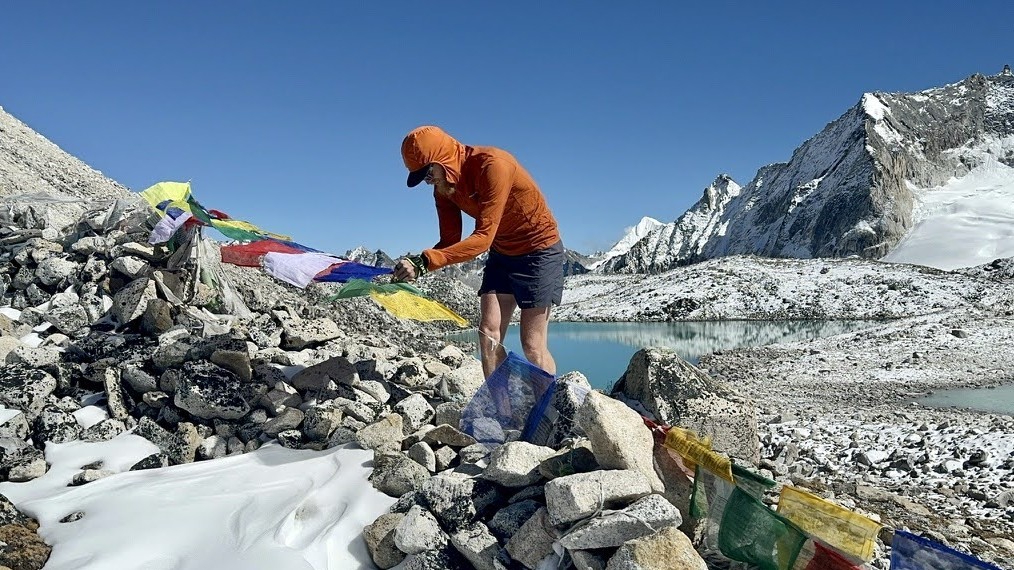In the realm of trail and ultrarunning, the demands of mountainous terrains require focused preparation, especially as many athletes look to optimize performance in races such as the Ultra-Trail du Mont-Blanc (UTMB), which is known for its rigorous qualification standards and challenging course. As the landscape of trail running continues to evolve, experienced runners must remain aware of course changes, and new events that necessitate strategic training adjustments, as well as innovative gear developments that can impact performance.
The competition at events like the UTMB often hinges on the subtleties of pacing strategy and energy management. It’s vital to recognize the points in a race where the topography dictates either a shift to walking or maintaining a running cadence. Experienced runners appreciate the importance of pacing during ascents. Early exuberance can lead to premature fatigue; thus, observing climactic patterns and knowing how they affect one’s endurance over the entire race distance is paramount. Adopting a conservative approach on initial climbs, particularly when the aid stations seem distant or conditions suggest excessive exertion could undermine future performance, is a well-regarded tactic.
Another salient consideration during a mountainous ultra is the evolving nature of lighting logistics. The ability to navigate descents and technical sections at night requires thoughtful planning regarding headlamps and supplemental lighting options. Recent advancements in headlamp technology have yielded models that are lightweight yet powerful, offering wide beams and extended battery life that are critical for maintaining visibility as fatigue sets in. Carrying a reliable backup headlamp or spare batteries is advisable, particularly in races with lengthy stretches between aid. Attention to illumination can not only enhance safety but allow for more efficient movement and reduced risk of injury.
Additionally, evolving course profiles and race schedules often lead to the introduction of new events. Runners should remain attuned to the announcement of any fresh races on the circuit, especially those that secure spots for major events like UTMB. With the rising popularity of these races, it’s prudent for serious competitors to remain engaged with community updates and available entry options, ensuring they also familiarize themselves with specific course details, elevation, and the nuances of terrain they might contend with.
The development of muscular endurance is another critical element of training that seasoned ultrarunners can focus on. While technique is important, building strength specifically tailored to the demands of mountain running will pay dividends in performance during races. Integrating exercises such as wall sits and plyometric drills into off-season strength training routines can enhance muscular endurance while improving stability, which is crucial for tackling the varying contours of mountainous courses.
Maintaining a positive mindset throughout a challenging race is fundamental for seasoned athletes facing unexpected hurdles. The communal spirit often seen at races serves as a reminder of the camaraderie in ultrarunning, offering a buoying force when personal goals fall by the wayside. Recognizing the shared experiences of competitors can alleviate some of the pressure during tough moments, enabling runners to push through obstacles with greater resilience. A focus on the task at hand, instead of fixating on time or placement, can lead to more fulfilling race experiences.
Moreover, as the demand for ultrarunning grows, it’s crucial for runners to critically assess their gear choices. The emergence of lighter, more efficient equipment can significantly enhance race-day performance. Innovations in hydration systems that emphasize weight reduction without compromising functionality are increasingly vital. Equipment that can be easily packed and accessed during races, while also ensuring adequate fluid intake, is essential for successful pacing and performance in prolonged events.
In summary, preparation for mountain ultras must be holistic, accounting for nuances in both physical training and mental strategy. Aligning individual training regimens with the specific demands of the courses, utilizing advanced gear effectively, and fostering a community-oriented mindset can provide a comprehensive path to success in ultrarunning. For experienced runners, the essence lies in balancing aggression with conservativeness, measured pacing, and strategic decision-making that emphasizes reliability and efficiency, safeguarding against fatigue while maintaining a competitive edge. The takeaway remains clear: stay vigilant and adaptable. Embrace the complexities of the sport without losing sight of the foundational strategies that lead to sustained performance in the mountains.
